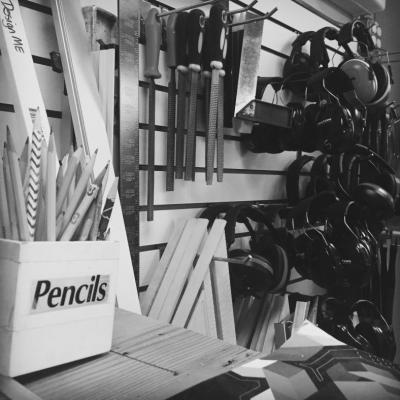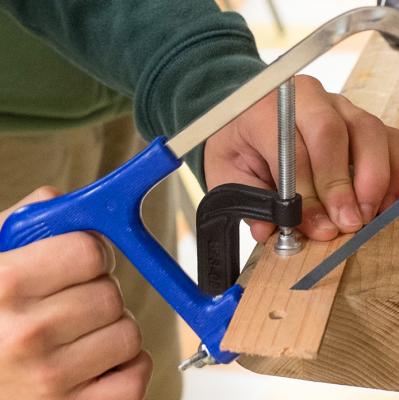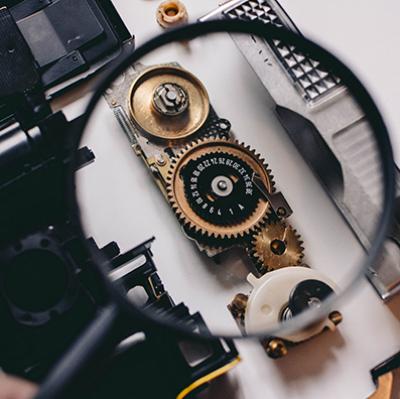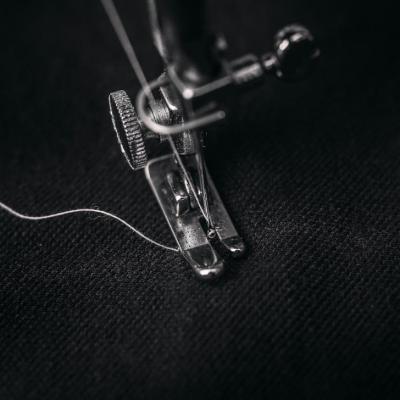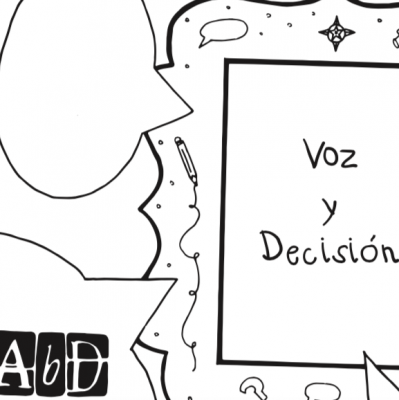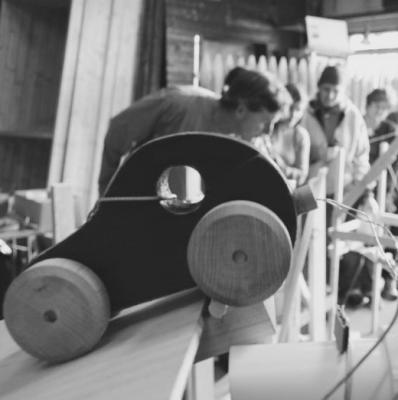Document your experiences In 2-3 sentences, describe how you incorporated your learning objectives and one or more of the three Agency by Design capacities (looking closely, exploring complexity, finding opportunity) into the learning experience. Share how you facilitated this activity. Be sure to include the dates of the experience you are documenting and any other notes that may be helpful for reflection or future planning. Include any appropriate artifacts: quotes, photos, videos, samples of student work or teacher created materials that share the process of learning that occurred during this experience.
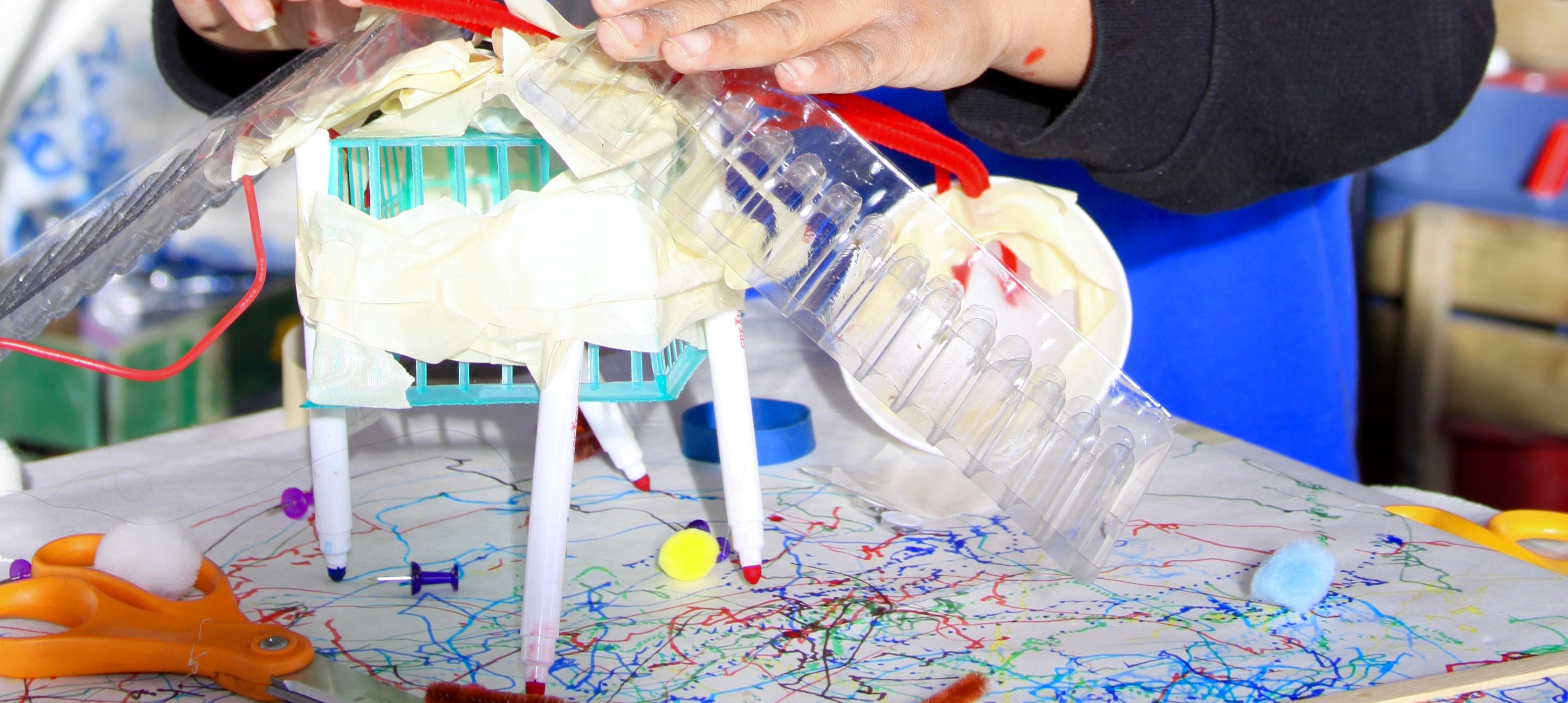
Designing and Documenting: The Inquiry Cycle
What is an Inquiry Cycle?
The Inquiry Cycle offers a structure for educators to design, document, and reflect on maker-centered learning in their practice.
While there is a rhythm to the cycle that is inherent in all thoughtful planning for teaching and learning, there is a specific emphasis on exploring the Agency by Design framework and specifically the capacities in each phase of the inquiry cycle. Ideally Inquiry Cycles are shared with colleagues and learners to build a community engaged in all aspects of the maker-centered learning process.
Read more about the research behind the Inquiry Cycle here.
Design
Design the Learning Experience
1a) Explain what theme, subject matter, or unit of inquiry you’ll be focusing on during
the learning experience that you will be documenting in this inquiry cycle (e.g. the
Civil Rights Movement, To Kill a Mockingbird, velocity, wind & waves, collaboration,
etc.).
1b) List one or more learning objectives (something you hope your students will learn
or understand as a result of the learning experience AND one or more of the Agency by
Design capacities (looking closely, exploring complexity, finding opportunity) that
you’ll explore through this experience.
Do
Facilitate the learning experience you designed related to the Agency by Design Framework.
Document
Reflect
7) Repeat!
Why use an Inquiry Cycle?
Our goal in creating the Inquiry Cycle was to provide educators with a documentation and assessment tool that they could use over time to both tell the story of teaching and learning in a particular setting, but also to support educators in developing learning experiences for their students. Making this tool a cycle was intentional. It was our hope that the cyclical nature of the tool would serve as a formative documentation and assessment instrument that supported teachers in designing their learning experiences by reflecting on where they have been, what their students have learned, and what they might do next. In the case of our educator cohorts from Oakland and Pittsburgh, we have seen the potential for the Inquiry Cycle to generate the content for a larger narrative of teaching and learning, including documentation that further illustrates these stories, and a method to routinize the practice of documentation and assessment.
Ultimately, though, the real goal of the Inquiry Cycle is to support teacher and student learning—and to make that learning visible—all the while exploring the capacities associated with the Agency by Design framework for maker-centered learning.
Inquiry Cycle in Action
Educators from the Agency by Design Oakland cohort share documentation and their reflections via the Inquiry Cycle.
Read more about the research behind the Inquiry Cycle here find the tool here.
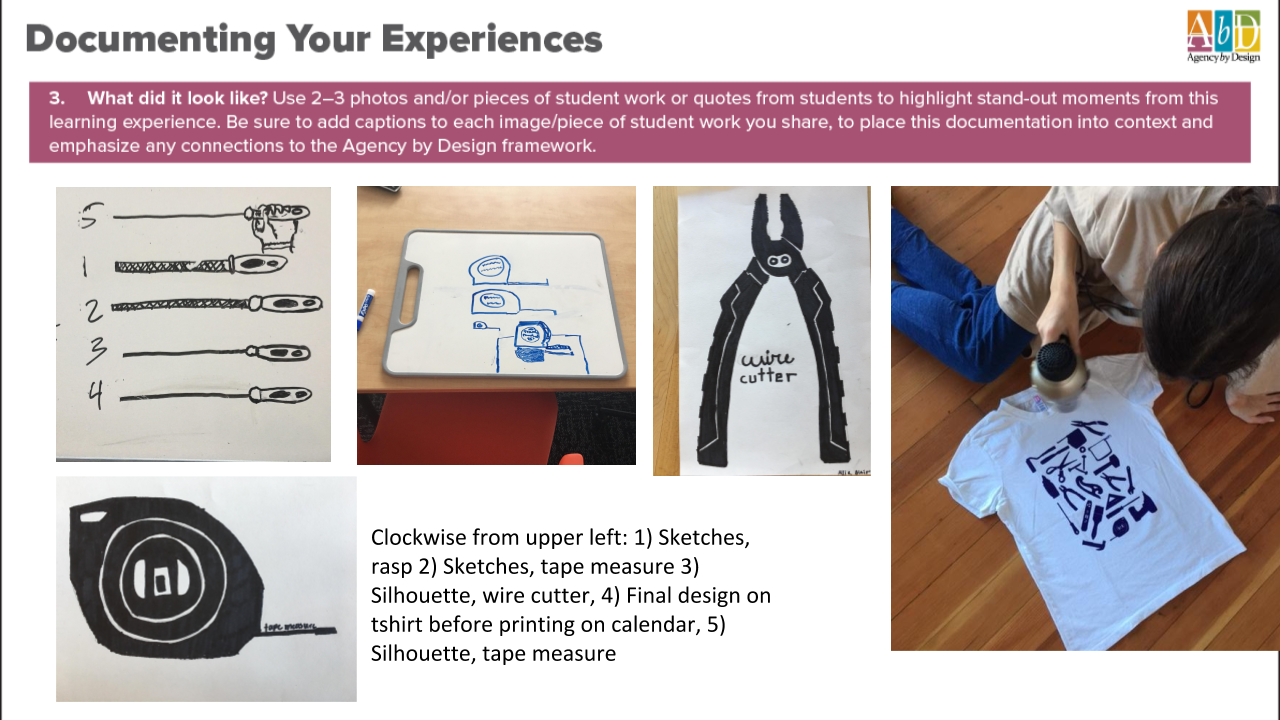
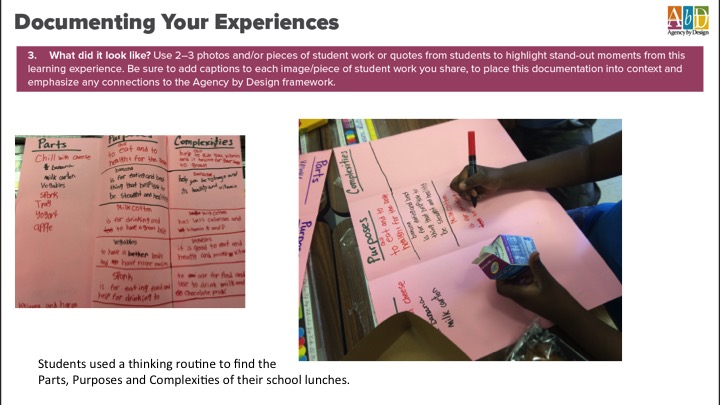
Tips for using an Inquiry Cycle
Do it Together—While the Inquiry Cycle can easily be applied by a lone educator in a particular setting, the potential of the Inquiry Cycle is amplified when educators share their work with one another. In this regard, we recommend that educators using the Inquiry Cycle seek out a community of diverse colleagues that frequently meet or connect with one another either online or face-to-face.
Make Time to Reflect—While utilizing the Inquiry Cycle tool becomes routinized and therefore easier over time, we have learned from our teacher colleagues that contributing to an Inquiry Cycle on a regular basis takes a good amount of time and effort. Teachers are busy people, and time is a precious commodity within most every learning environment! Making the time to reflect upon one’s work is no easy feat, but our teacher colleagues have found it to be valuable in the long run.
Hack It!—The Inquiry Cycle that we have presented here has been very deliberately designed, but we expect that it will not perfectly fit each educator’s needs… without alteration. To this end, we encourage educators to hack the Inquiry Cycle to suit their needs, best serve their students, and be responsive to the demands of their unique teaching and learning environments.
Experiment and Take Risks—The Inquiry Cycle deliberately prompts educators to try something out, reflect on how it went, and then try it out again. This is a process of tweaking one’s practice over time, experimenting with new approaches, learning from those experiments, and then experimenting again.
Celebrate—Great stories of teaching and learning have emerged from educators’ use of the Inquiry Cycle. And while learning is its own reward, it is also something to celebrate! In that regard, we encourage educators and learners to use the Inquiry Cycle in exhibitions to celebrate their work.
